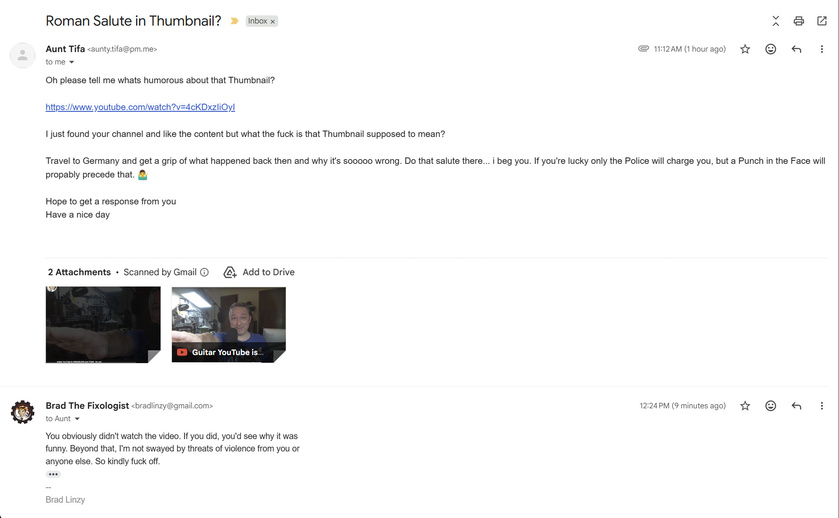
This is a video response to Tone Priest's question about modding a Hiwatt clone build. If you are a paid member here on Locals and have tech or other questions, I'll be happy to give you a similar video response when I get time! Thanks so much for all your continued support.
This was the full jam session on the Gibson L1 I did recently. As you probably know, I usually will jam for a while on something and then pick a few highlights to show in a final video. A ton of stuff got edited out. It's not all great, but it's not all bad either. I find it kind of soothing, this quiet acoustic stuff. I'm never sure where the mood will take me.
I made this quick video the other day for a friend and figured I'd post it here as well. He wants to get started in slide, so I was quickly showing him some open tuning concepts to make the transition to slide a bit easier. Kind of like learning slide without a slide.
This is why I will NEVER buy another front-load washing machine, unless it's industrial grade!
This video won't go live until Saturday morning. I figure Saturday and Sunday mornings are pretty good times for long-form videos because people are probably settling in with a coffee somewhere, maybe doing a hobby, or having breakfast, so they aren't in doom scrolling mode just yet. But for my Locals peeps, I'll give you the link early in case you got more time on Friday. Don't say I never did anything for ya! ;)














